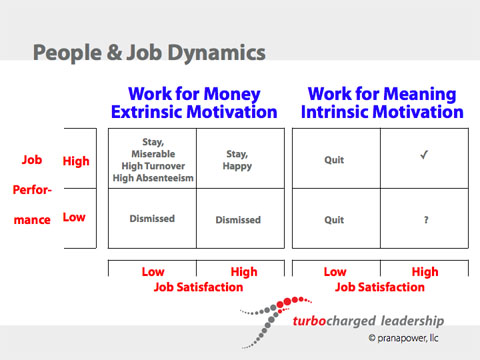Iâve been following the political conventions from a distance and one issue stood out for meâintegrity. It seems that we hold our politicians to a much lower standard of integrity than we do leaders in the business world. My guess is that since almost all of the politicians lie, spin facts, or make outlandish unjustifiable claims we become numb to this subterfuge.

Iâm going to refrain from going into the details of the transgressions from both parties because the fact-checking sites perform a good service for us in this regard. I would like to analyze this situation in the context of how these incidents would appear coming from a business leader.
For me the situation is comparable to a new business leader showing up for an introductory speech with his new team assembled before him and claiming that a project he led had a return on investment (ROI) of 100% in six months when in reality the performance was a sub-par 5% in one year. This leader may continue to blame the closing of an R&D facility to his ousted predecessor when in reality it was due to the ineptitude of an even earlier administrator.
Now imagine yourself sitting among your peers in this audience, questioning the integrity of your new leader. Lapses such as this fall into what we call in the Industrial and Organizational Psychology industry as âbad bosses.â This is one of the few areas where we havenât created a fancy term for something quite ordinary.
Research has shown that the percentage of bad bosses out there may be in excess of 50%. Furthermore, research shows that an individualâs relationship with their boss is one of the most significant reasons for leaving a job or staying.
I feel that integrity has two componentsâhonesty and matching words with actions. Honesty is easier to maintain than dishonesty. Once you cross that line you soon find you will need to remember what you said. Otherwise you will likely be caught in the inconsistency. Matching your (honest) words with action sends a clear message that you intend for your team members to act according to their words as well. In essence you should develop yourself as a good role model.
A propensity toward unethical behavior is generally detected by team members. Itâs like fear, they can practically smell it. Further, research has shown that team members who view their boss as unethical have lower job satisfaction, and we know well that this drives turnover.
So itâs not hard to make the leap that bad bosses drive turnover. Integrity is key.
You may want to do a little introspection and review your recent behaviors. Is your integrity impeccable? Are your actions matching your words?
Concepts:
- Business leaders are held to a higher standard of integrity than political leaders
- Let honesty govern your thoughts and words
- Behave consistently with your words
Keywords: leadership, integrity, ethics, politics, politicians
References:


